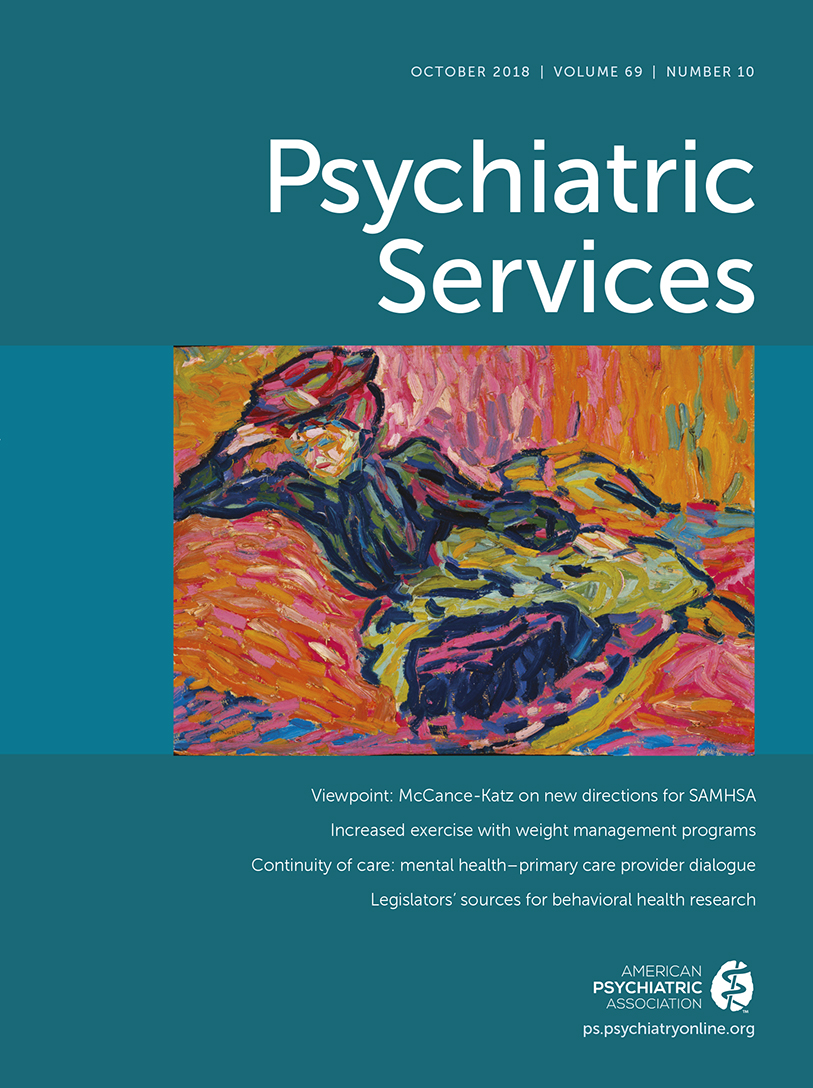Predictors of Adverse Events and Medical Errors Among Adult Inpatients of Psychiatric Units of Acute Care General Hospitals
Abstract
Objective:
The aim of this study was to identify factors associated with the occurrence of adverse events (AEs) or medical errors (MEs) during inpatient psychiatric hospitalizations.
Methods:
A full-probability random sample of 4,371 charts from 14 inpatient psychiatric units at acute care general hospitals in Pennsylvania were reviewed in a two-stage process that comprised screening and flagging by nurses followed by review by psychiatrists. AE and ME rates were calculated overall and then stratified by patient and hospital factors. Unadjusted and adjusted logistic regression models examined predictors of AEs and MEs.
Results:
An AE was identified in 14.5% of hospitalizations (95% confidence interval [CI]=11.7–17.9), and an ME was identified in 9.0% (CI=7.5–11.0). In adjusted analyses, patients with a longer length of stay and older patients had higher odds of experiencing an AE or an ME. Patients ages 31–42 (compared with ages 18–30), with commercial insurance (compared with Medicare or Medicaid or uninsured), or treated at high-volume hospitals (compared with low, medium, or very high) had lower odds of an AE. Patients age 54 or older (compared with ages 18–30), admitted during the weekend, admitted to rural hospitals (compared with urban), or treated at very-high-volume hospitals (compared with high) were more likely to experience an ME.
Conclusions:
This study provides insight into factors that put patients and hospitals at increased risk of patient safety events. This information can be used to tailor improvement strategies that enhance the safety of patients treated on general hospital psychiatric units.



